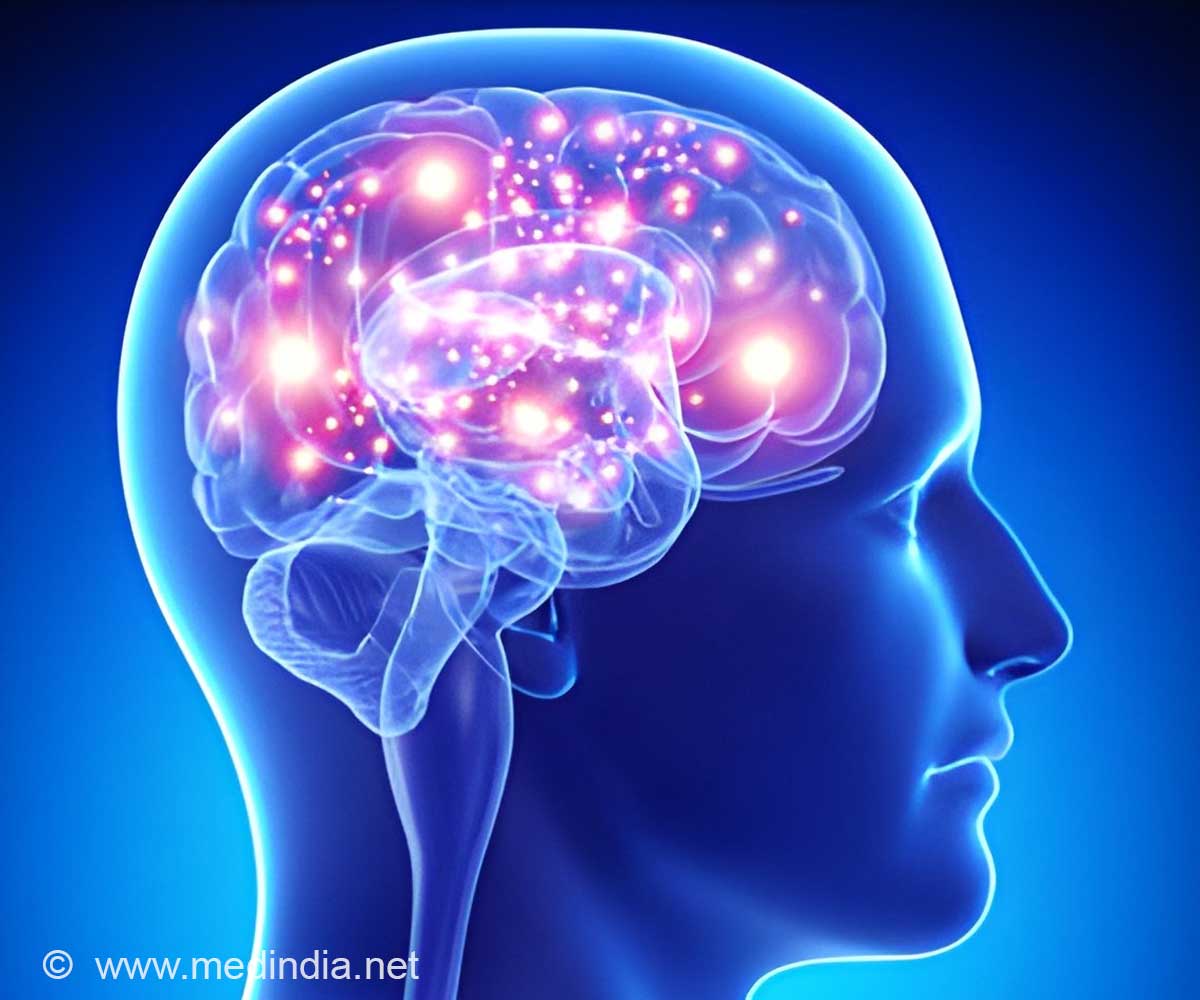World Mental Health Surveys from 21 countries found treatment gap in anxiety disorders worldwide, and suggest improvements in quality of treatment.

‘Surveys from 21 countries reveal low levels of service use and a high proportion of those receiving services not meeting adequacy standards for anxiety disorders.’





It is the first time a study has described the treatment gap in anxiety disorders at an international level."It is estimated that anxiety disorders affect 10 percent of the global population. These are pathologies that tend to be chronic, co-morbid, and associated with a significant disability. If we add to this the fact that in 2010 they cost a group of 30 European Union countries €74,400 million, it is clear that this is an important public health problem", explains Jordi Alonso.
The frequency of the disorder varies a great deal between countries. It has been calculated that anxiety disorders affect 5.3 percent of African populations while the figure is 10.4 percent for European environments. It should also be noted that some anxiety disorders, particularly phobias, social anxiety, and separation anxiety, start very early on (from 5 to 10 years of age), while other anxiety disorders such as generalized anxiety disorder, panic disorder, and post-traumatic stress disorder tend to appear between the ages of 24 and 50, and have a much broader transnational variation.
"Adequate treatment for an anxiety disorder that has been evolving over a 12-month period is considered to be either pharmacological treatment involving at least four visits to the doctor or psycho-therapeutic treatment including at least eight visits. Suitable treatment for this pathology would prevent the disorder becoming chronic and reduce the chances of co-morbidity with other physical or mental illnesses, such as depression", explains Victor Pérez, director of the Hospital de Mar's Institute of Psychiatry and Addiction.
The low proportion of patients who receive adequate treatment for anxiety disorders is due to various factors. In many cases, neither the patient nor the health system recognizes the need for care. In fact, only 41.3 percent of people suffering anxiety are aware of their need for treatment, and when the anxiety is not combined with another type of disorder, this percentage goes down to 26.3 percent. To this are added the weaknesses of the health system, treatment costs, and the stigma perceived by sufferers of these disorders, which further limits their treatment. Even in high-income countries, only one-third of individuals with anxiety disorders receive treatment, except the United States, where care rates are considerably higher.
Advertisement
Source-Eurekalert















